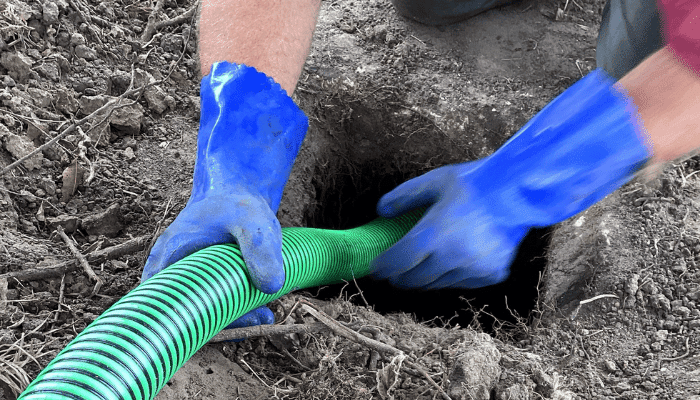
Your Essential Septic System Checklist for North Carolina Homebuyers
If you’re buying a home with a septic system in Eastern North Carolina, it’s important to understand what to look for before signing. A well-maintained system can be a reliable, eco-friendly solution — but neglected ones can lead to expensive repairs later
Here’s a checklist from the experts at C&M Plumbing and Septic to help you make a smart, informed purchase.
1. Ask About the Age and Maintenance History of the Septic System
Start by finding out how old the septic system is and whether it’s been regularly pumped and inspected.
- Most septic tanks need to be pumped every 3–5 years.
- A well-maintained system can last 25–30 years or more.
Ask for maintenance records or receipts — these can tell you a lot about how the system has been cared for.
2. Schedule a Professional Septic Inspection Before You Buy
A home septic inspection isn’t enough. Many general home inspectors don’t open or test septic tanks. Hire a licensed septic professional (like C&M Plumbing and Septic!) to:
- Locate and uncover the tank
- Check the tank’s structure and baffles
- Measure sludge and scum levels
- Inspect the drain field for proper operation and saturation
This inspection can reveal potential issues that aren’t visible during a walk-through.
3. Locate the Septic Tank and Drain Field on the Property
Ask the seller or inspector to show you exactly where the tank and drain field are located. This information is vital for:
- Landscaping and driveway placement
- Planning home additions or pool installations
- Avoiding damage from heavy equipment or vehicles
If the layout isn’t clear, your septic professional can map it out for you.
4. Look for Warning Signs of Septic Problems
Walk around the yard and look for:
- Soggy or smelly areas above the drain field
- Bright green grass patches (may indicate a leak)
- Slow drains or gurgling sounds in sinks or toilets
These could all be signs of septic system failure or overload.
5. Check the Septic Tank Size for Your Family’s Needs
The size of the septic tank should match the number of bedrooms and expected water usage in the home. If the previous homeowners had fewer occupants, the system might be too small for your family’s needs. A professional can help determine if the system is properly sized or if upgrades are needed.
6. Ask About Local Septic Permits and Records
Your county or local health department often keeps records of the original septic permit and layout. Checking these documents ensures the system was installed correctly and is up to current code.
Final Tip: Don’t Skip Maintenance After You Move In
Once you’ve purchased the home, protect your investment with regular pumping and inspections. C&M Plumbing and Septic offers dependable maintenance services to keep your system running smoothly — giving you peace of mind for years to come.
Need Septic Help in Eastern North Carolina? Contact C&M Plumbing and Septic
Our experienced team at C&M Plumbing and Septic has been serving Eastern North Carolina homeowners since 1997. Whether you need a pre-purchase inspection, a routine pump-out, or expert advice on caring for your septic system, we’re here to help.
Ready to make sure your new home’s septic system is in great shape? Contact C&M Plumbing and Septic today at 919-658-6109 or visit our contact page for expert inspection and maintenance services across Eastern North Carolina.



